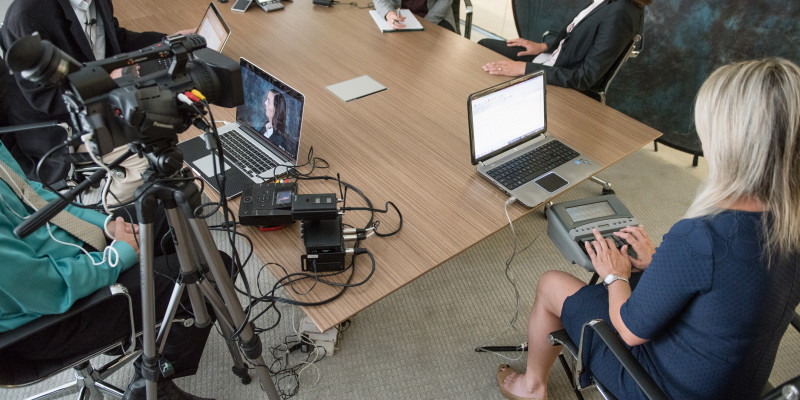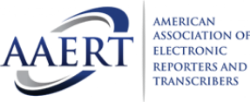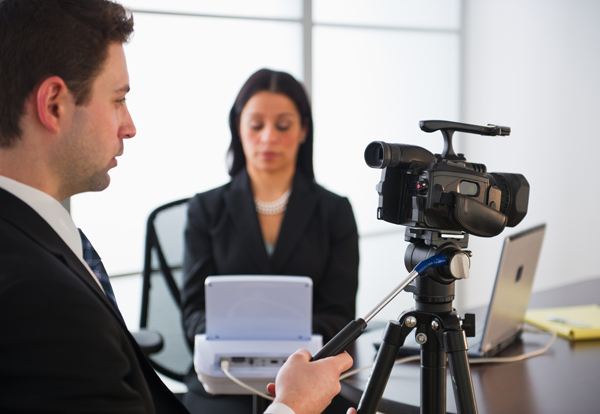How Legal Videography Supports in Preserving Vital Evidence for Litigation
How Legal Videography Supports in Preserving Vital Evidence for Litigation
Blog Article
Why Lawful Videography Is Vital for Accurate Court Recordings
The function of lawful videography in court room settings can not be overemphasized, as it acts as an important tool for preserving the stability of court records. By capturing both spoken and non-verbal interaction, it enhances the quality of witness testaments and mirrors the nuances of court room communications. This comprehensive documentation not just help in reducing prospective misconceptions yet additionally supports appellate evaluations, therefore strengthening the judicial process. However, the implications of integrating lawful videography right into basic courtroom methods increase essential inquiries about its wider influence on the lawful system. What might these effects entail?
Value of Visual Proof
In the world of legal proceedings, the significance of visual evidence can not be overstated. Aesthetic proof works as an effective tool in developing facts, corroborating testaments, and improving the general quality of a situation. This kind of proof, which consists of photos, videos, and diagrams, can give a tangible context that verbal descriptions commonly lack, therefore supplying courts and courts a clearer understanding of the scenarios surrounding an instance.
Moreover, aesthetic proof aids in the retention of information. Human cognition is naturally aesthetic, and individuals are most likely to bear in mind and understand details offered in an aesthetic format. In the court, this can be important, as compelling aesthetic proof can persuade viewpoints and strengthen the story provided by lawful agents.
Additionally, the use of aesthetic evidence can minimize misunderstandings and uncertainties that often occur from spoken exchanges. By offering a straight depiction of events, aesthetic evidence assists to get rid of subjective analyses and fosters an extra unbiased assessment of the truths. Subsequently, the combination of aesthetic proof into legal process not just reinforces the honesty of the judicial procedure however likewise improves the chance of accomplishing a simply end result.
Capturing Non-Verbal Hints
Using advanced videography methods can considerably enhance the capture of non-verbal hints throughout legal process. Non-verbal communication, including faces, body language, and eye contact, plays a vital function in conveying emotions and intents that might not be explicitly mentioned in spoken testament. legal videography. Legal videography utilizes high-def electronic cameras and strategic angles to guarantee that these refined cues are recorded with quality and precision
The capacity to evaluate non-verbal actions can give useful context to declarations made during court sessions. As an example, a witness's unwillingness or self-confidence can be interpreted through their posture or motions, possibly affecting the court's understanding of integrity. Additionally, making use of close-up shots can aid concentrate on a speaker's expressions, permitting an extra nuanced understanding of the statement.
Moreover, incorporating multiple camera angles can create a thorough view of interactions, highlighting dynamics in between events entailed. This complex method not only enhances the precision of the court record yet also help in protecting the integrity of the judicial procedure - legal videography. Eventually, capturing non-verbal signs via lawful videography cultivates a richer, extra full depiction of court room proceedings

Enhancing Testament Integrity
The reliability of testimony can be dramatically reinforced through the usage of premium legal videography. Video recordings serve as an objective tool that catches not only the talked words of witnesses but also the subtleties of their delivery, including tone, pacing, and psychological expressiveness. This complex documents gives a more clear understanding of the witness's reputation and intents, which can be essential in lawful procedures.
Moreover, lawful videography minimizes the capacity for misinterpretations that might arise from written transcripts alone. When jurors can observe a witness's attitude and body language along with their testament, they are better geared up to examine the authenticity and reliability of the evidence offered. This visual context can strengthen the testimonial story, making it extra compelling and legitimate.
Furthermore, the visibility of a video clip recording can deter potential inconsistencies in testimony. Witnesses may be much more careful in her response their statements when they know they are being tape-recorded, resulting in more precise and honest accounts. In general, premium legal videography enhances the integrity of testimony, ensuring that the court has accessibility to a full and sincere representation of the facts as conveyed by the witnesses.
Sustaining Appeals and Reviews
Lawful videography plays a vital function in supporting next appeals and testimonials by supplying a detailed visual document of court procedures. This visual documents catches not only the talked words of witnesses and attorneys but additionally the nuances of body language, intonation, and courtroom characteristics. Such aspects can be critical in understanding the context of statements and arguments offered.
In the appellate process, where the emphasis is on mistakes of legislation and procedural justness, a video record can function as a crucial tool for appellate courts. It makes it possible for judges to assess the initial trial context, making certain that decisions are based upon a complete understanding of the process. The ability to aesthetically assess the temperament of witnesses or the interactions in between parties can expose understandings that written records might neglect.

Furthermore, lawful videography can assist in clarifying uncertainties in testaments or step-by-step rulings, thus reinforcing the basis for an allure. By offering a trustworthy, unbiased account of what taken place in court, legal videography not just supports the integrity of the legal process yet additionally encourages all parties involved to make educated decisions regarding their situations.
Streamlining Court Room Procedures
Enhancing court effectiveness, legal videography improves processes by providing prompt accessibility to visual records of proceedings. This modern technology permits judges, attorneys, and courts to take another look at important statement and evidence, ensuring that all events have a clear understanding of the situation. By catching the nuances of spoken and non-verbal communication, videography enriches the document, making it simpler to understand the context and weight of testaments.

Additionally, video recordings can assist in remote involvement in hearings, permitting for better adaptability in organizing and engagement, which is specifically beneficial in intricate instances entailing several stakeholders.
Final Thought
Finally, lawful videography plays a crucial function in making sure precise court recordings by offering vital visual evidence that records both spoken and non-verbal communication. This practice enhances the integrity of testaments, sustains appellate evaluations, and streamlines courtroom procedures. By promoting an extensive understanding of courtroom characteristics, lawful videography eventually adds to extra fair judicial outcomes, enhancing the honesty of the legal system and facilitating educated decision-making.
Report this page